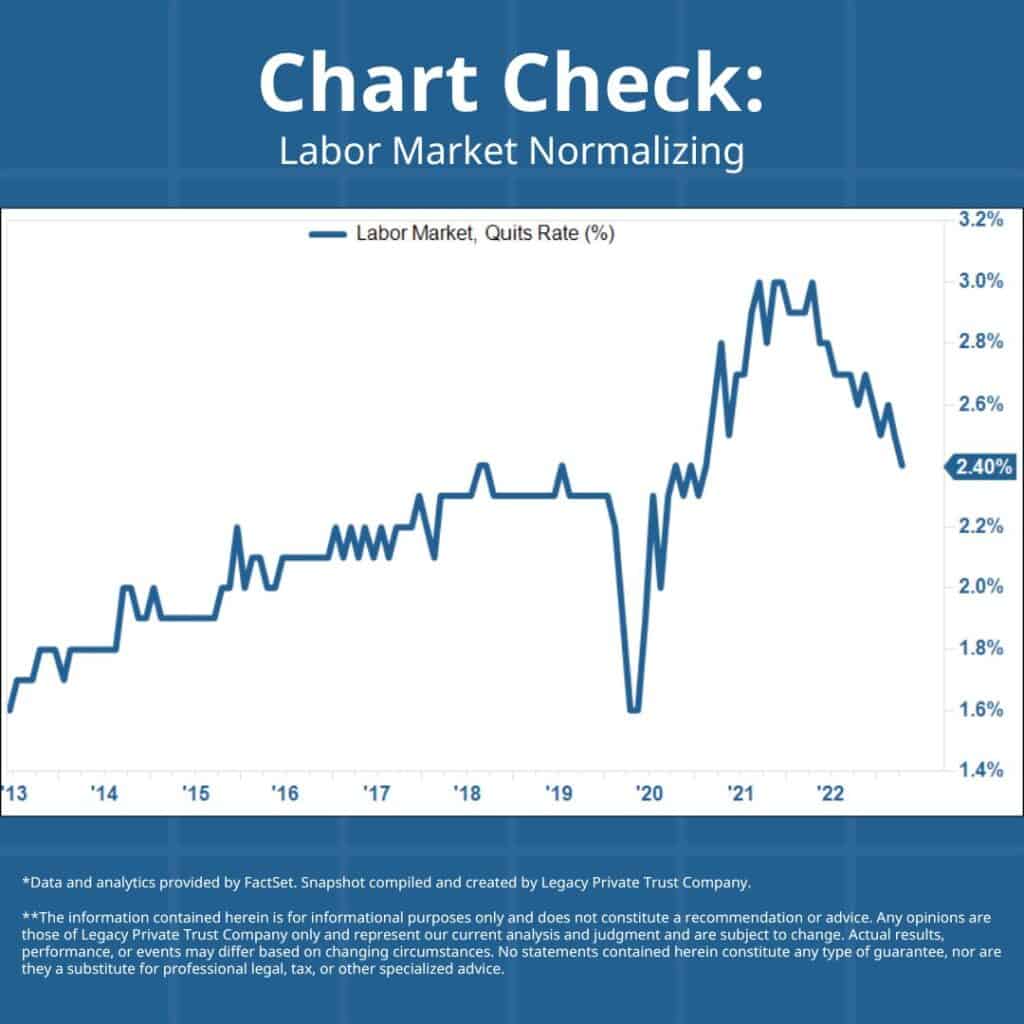The latest reports from the U.S. Department of Labor indicate a significant decline in jobless claims, which have dropped to an eight-month low as 2024 draws to a close. This development is noteworthy as it reflects a stable labor market, showcasing the economy’s ability to withstand various pressures. The decrease in claims is a critical indicator of employment stability, suggesting that fewer individuals are seeking unemployment benefits, which can often be a precursor to economic growth.
The data revealed that initial claims for unemployment benefits fell to a seasonally adjusted figure that has not been seen since earlier this year. This reduction is particularly significant as it aligns with a broader trend of low unemployment rates across the nation. Analysts point out that this combination of low jobless claims and steady employment levels can foster a more optimistic economic outlook as the country heads into 2025.
One of the key factors contributing to this trend is the continued demand for labor in several sectors, including technology, healthcare, and manufacturing. Employers in these industries are actively seeking to fill positions, which has led to a more competitive job market. This demand has not only helped keep unemployment rates low but has also provided job seekers with more opportunities, leading to an overall increase in consumer confidence.
Furthermore, the economic landscape has seen a gradual recovery from the disruptions caused by the COVID-19 pandemic. Many businesses have adapted to new operational norms, and as a result, they are better positioned to hire and retain employees. This adaptive capacity has been crucial in maintaining job levels and reducing the number of individuals relying on unemployment benefits.
In addition to the jobless claims data, other economic indicators have also shown signs of strength. For example, consumer spending has remained robust, bolstered by a combination of wage growth and increased employment opportunities. As individuals feel more secure in their jobs, they are more likely to spend, which in turn stimulates economic activity. This cycle of spending and employment is essential for fostering a healthy economy.
The Federal Reserve’s monetary policy has also played a role in shaping the current economic environment. By maintaining a balanced approach to interest rates, the Fed has sought to support growth while keeping inflation in check. The resulting stability in financial markets has encouraged businesses to invest in expansion and hiring, further contributing to the low unemployment rates.
However, challenges remain on the horizon. While the current data is promising, economists caution that external factors, such as geopolitical tensions and supply chain disruptions, could impact the labor market in the future. Additionally, inflationary pressures could influence consumer spending and business investment decisions. Policymakers will need to remain vigilant in monitoring these developments to ensure that the economy continues on its positive trajectory.
Moreover, the labor market is experiencing shifts in workforce dynamics, with more individuals opting for remote and flexible work arrangements. This trend has led to changes in employer expectations and hiring practices, as companies seek to attract talent by offering more adaptable work environments. As this evolution continues, it will be essential for businesses to navigate these changes effectively to maintain their competitive edge.
In conclusion, the drop in jobless claims to an eight-month low is a promising sign for the U.S. economy as it heads into 2025. The combination of low unemployment rates and strong labor demand reflects a resilient economic environment, despite potential challenges that may arise. As businesses and consumers navigate this landscape, the ability to adapt to changing conditions will be crucial for sustaining growth and stability in the labor market.



